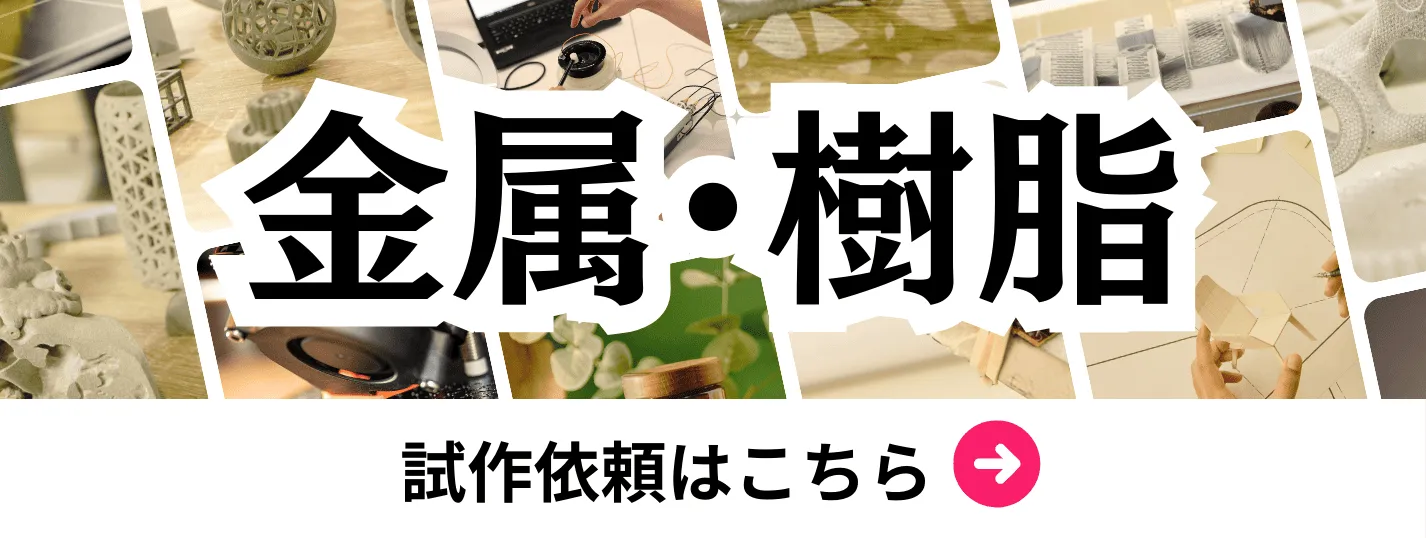- お役立ち記事
- Mechanical properties of thin films and adhesion hardness test examples and adhesion improvement technology
月間76,176名の
製造業ご担当者様が閲覧しています*
*2025年3月31日現在のGoogle Analyticsのデータより

Mechanical properties of thin films and adhesion hardness test examples and adhesion improvement technology

目次
Introduction to Thin Films
Thin films are incredibly important in numerous industries, playing a crucial role in the functionality of various devices and materials.
These films are essentially layers of materials ranging from fractions of a nanometer to several micrometers in thickness.
They are prevalent in electronics, optics, and even in the production of solar cells.
Understanding their mechanical properties, therefore, is essential in improving their performance and durability.
Mechanical Properties of Thin Films
Importance of Mechanical Properties
The mechanical properties of thin films are fundamental to their performance and reliability.
These properties include hardness, adhesion, elasticity, and tensile strength.
Each of these attributes affects how a thin film can withstand stresses, resist wear, and maintain its structural integrity in various applications.
Hardness
Hardness is a key mechanical property, indicating the resistance of a material to deformation or penetration.
In thin films, hardness testing often involves nanoindentation techniques, providing insights into their ability to resist scratching and wear.
Adhesion
Adhesion is critical for the stability of thin films.
It refers to the ability of the film to remain bonded to the substrate on which it is deposited.
Poor adhesion can result in film peeling or delamination, leading to device failure.
Thus, understanding and enhancing adhesion properties are essential for reliable thin film applications.
Hardness Test Examples
Nanoindentation
Nanoindentation is a common method used to measure the hardness of thin films.
This test involves applying a controlled force with a sharp indenter into the film’s surface.
The indentation depth is measured, providing valuable mechanical property data.
This information helps engineers understand how a thin film will perform under various stress conditions.
Micro-scratch Testing
Micro-scratch testing is another technique to assess hardness and adhesion.
During this test, a stylus applies a progressively increasing load on the film’s surface.
The point at which the film fails or shows damage indicates its hardness and adhesion levels.
This assessment is crucial for predicting the longevity and durability of thin films in practical applications.
Adhesion Improvement Technology
Surface Treatment
Surface treatment is a common method used to improve adhesion in thin films.
By altering the substrate surface characteristics, adhesion can be enhanced.
Techniques such as plasma treatment or chemical etching create a more suitable bonding environment, promoting better film adherence.
Adhesive Layers
Introducing an adhesive layer is another effective strategy for improving thin film adhesion.
This involves applying an intermediate layer between the film and substrate, which can enhance bonding.
Such layers can be tailored to meet specific application requirements, providing flexibility and improved reliability.
Choice of Materials
The choice of materials used in thin films and their substrates greatly influences adhesion.
Selecting compatible materials that naturally bond well is crucial.
Research and development in material science continue to produce novel materials that offer superior adhesion without compromising other mechanical properties.
Conclusion
Understanding the mechanical properties of thin films, particularly their hardness and adhesion, is critical for optimizing their performance in various applications.
Through techniques like nanoindentation and micro-scratch testing, we gain insights into these properties and find ways to enhance them.
Adhesion improvement strategies, including surface treatment, adhesive layers, and thoughtful material selection, significantly contribute to the films’ reliability and functionality.
As technology advances, exploring these properties will continue to be pivotal in the development of high-performance devices and materials.
 資料ダウンロード
資料ダウンロード
QCD管理受発注クラウド「newji」は、受発注部門で必要なQCD管理全てを備えた、現場特化型兼クラウド型の今世紀最高の受発注管理システムとなります。
 ユーザー登録
ユーザー登録
受発注業務の効率化だけでなく、システムを導入することで、コスト削減や製品・資材のステータス可視化のほか、属人化していた受発注情報の共有化による内部不正防止や統制にも役立ちます。
 NEWJI DX
NEWJI DX
製造業に特化したデジタルトランスフォーメーション(DX)の実現を目指す請負開発型のコンサルティングサービスです。AI、iPaaS、および先端の技術を駆使して、製造プロセスの効率化、業務効率化、チームワーク強化、コスト削減、品質向上を実現します。このサービスは、製造業の課題を深く理解し、それに対する最適なデジタルソリューションを提供することで、企業が持続的な成長とイノベーションを達成できるようサポートします。
 製造業ニュース解説
製造業ニュース解説
製造業、主に購買・調達部門にお勤めの方々に向けた情報を配信しております。
新任の方やベテランの方、管理職を対象とした幅広いコンテンツをご用意しております。
 お問い合わせ
お問い合わせ
コストダウンが利益に直結する術だと理解していても、なかなか前に進めることができない状況。そんな時は、newjiのコストダウン自動化機能で大きく利益貢献しよう!
(β版非公開)









